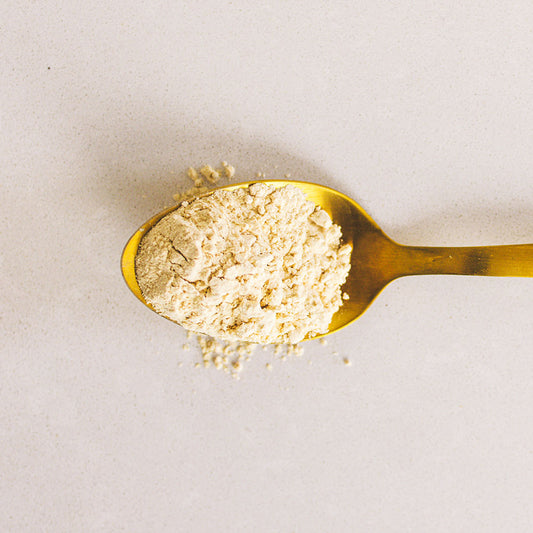Welcome to Birthing Ayurveda, where we follow one woman's pregnancy experience week by week—from a positive home pregnancy test all the way to delivery.
Depending on your culture or traditional background, you may have a set of rituals that happen at the time of the birth of your baby. There are religious rituals, cultural rituals, rituals that are encouraged for the health of the baby. In the end, they all serve the purpose to create a certain environment that is appropriate for the magical transition of the baby from the womb into the world. The rituals should support the joyousness yet fragileness of the transition and also care for the health of both the baby and mother.
In Ayurveda, the time the baby's head is delivered or the first cry (depending on which tradition you follow) is noted to make the baby's astrological chart. While it is super tempting to look at this chart and learn about the personality, tendencies, and positive and potentially challenging qualities of the baby, it is advised to hold off for at least several years so that the baby can grow into itself without the influence of our (the parents and family's) own expectations. The one thing that we do use the chart for earlier on, though, is to find the baby's unique sound. The sound is used as the first letter in the baby's name (if the sound is “dh” the name may be Dhruve or if the sound is “sa” the name may be “Sneha”).
Traditionally, a priest will catch the baby. This is quite difficult in our modern day setting, but what is important is who catches the baby because the scriptures say that the baby is highly influenced by the qualities of that person. You want to choose wisely.

Holy water is then sprinkled on both the baby and mother and two stones are clicked together. The sound from the stones has a grounding effect as it is the sound of two very dense earth elements coming together. This is supposed to help ease the alarming transition from the womb into the world. The father feeds the baby five licks of ghee and honey (mixed in equal proportions) with a gold coin. The ghee and honey is said to give the baby health for a hundred years and gold has an anti-vata effect with its warming quality. (While giving babies honey is not advised because of the risk of botulism, this is the ancient tradition).
We then wait for the cord to stop pulsing, after which the cord is cut. The father then whispers the first sound and word into the baby's ear—“om”—followed by a couple verses from scripture. After this, the baby will feed from the mother while more verses are recited. We, otherwise, try to maintain silence as much as possible from the moment of birth and onwards.
According to the Vedic scriptures, the whole process can be even more elaborate than this, or it can be simpler, depending on your environment's restrictions and your preferences. But do not underestimate the auspiciousness of this moment. All of these traditions are there to simply support a very pure (sattvic) environment and first impressions on the baby, as well as help the baby's transition into this world with as much vata pacification as possible.
Savor the moment and infuse an abundance of positive and wholesome energy into your precious little one.
After the miracle of birth, we continue our Birthing Ayurveda series in Postpartum, where we explore the joys and challenges of being a new mother.










